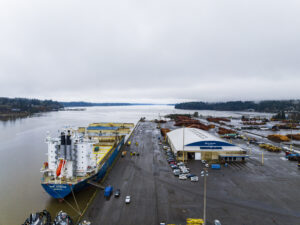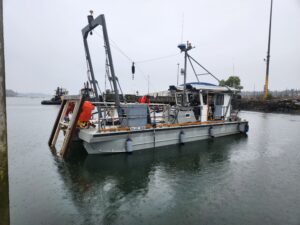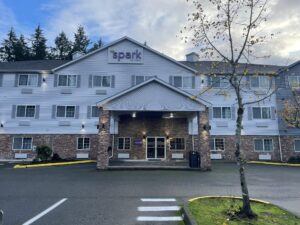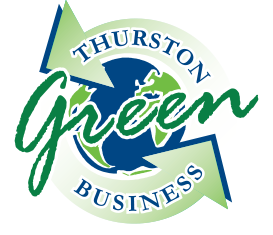Rejuvenating Budd Inlet’s Ecosystem
Unveiling the Hidden Contamination Crisis in Budd Inlet
Budd Inlet and Its
Ecosystem
Puget Sound is one of the most biodiverse regions in the world. In Budd Inlet alone, hundreds of animals and living organisms make up a rich and beautiful ecosystem.
Ecosystems, while resilient, can easily be disrupted by contamination and pollution. Decades of historical industrial activities released pollutants along the shoreline, resulting in contaminated sediment. Rejuvenating the inlet’s ecosystem is of great concern to the communities and organizations responsible for restoring and maintaining a healthy environment for all to thrive.
What’s at stake
Budd Inlet and its surrounding bodies of water, the Deschutes River and Capitol Lake, are home to mollusks, newts, snails, algae, eelgrass, shrimp, fish, starfish, jellyfish, salmon, seals, and more. All creatures are harmed by pollution, not only the clams, oysters, and geoducks that burrow into that contaminated sediment but also fish, birds, and mammals, including humans, that depend on these organisms as a source of food. The continued threat that contaminated sediment poses to this delicate ecosystem won’t go away without intervention.
Restoring the natural balance
The Port of Olympia understands that rejuvenation of this crucial ecosystem is a priority, and recognizes it is no easy task. Leaning into partnerships with other communities is key to success.
The Port’s holistic approach for Budd Inlet cleanup is focused on ensuring a healthy future for the lives that depend on Budd Inlet, restoring the environment, and providing better water access for the whole community. That’s why the Port has engaged the services of professional engineers, geologists, biologists, hydrologists, chemists, ecologists and is working with area Tribes, local, state and federal government agencies, and the public to clean up the sediment in Budd Inlet.
With these partnerships and through a thorough investigation of Budd Inlet, the Port is identifying the most ecologically responsible next steps. This includes researching ways to remove the contaminated sediment and how best to manage or dispose of contaminated sediment once it’s removed. Keeping Budd Inlet clean requires identifying and preventing any current sources of contamination, as well as monitoring Budd Inlet to identify and prevent future contamination. Additionally, separate from the Port’s work to clean up contaminated sediment, the Department of Ecology is addressing low levels of dissolved oxygen in Budd Inlet.
Research is currently underway, and the sediment remediation project could break ground as early as 2025. Cleanup and restoration will take several years to complete. The commitment and energy by all involved will ensure the best possible outcome for Budd Inlet and its connecting bodies of water.
For more information about Budd Inlet Cleanup and Restoration, please visit portolympia.com/buddinlet.
To learn more about sediment quality in Budd Inlet and its effect on marine life, see the Department of Ecology’s Budd Inlet sediment story map.










